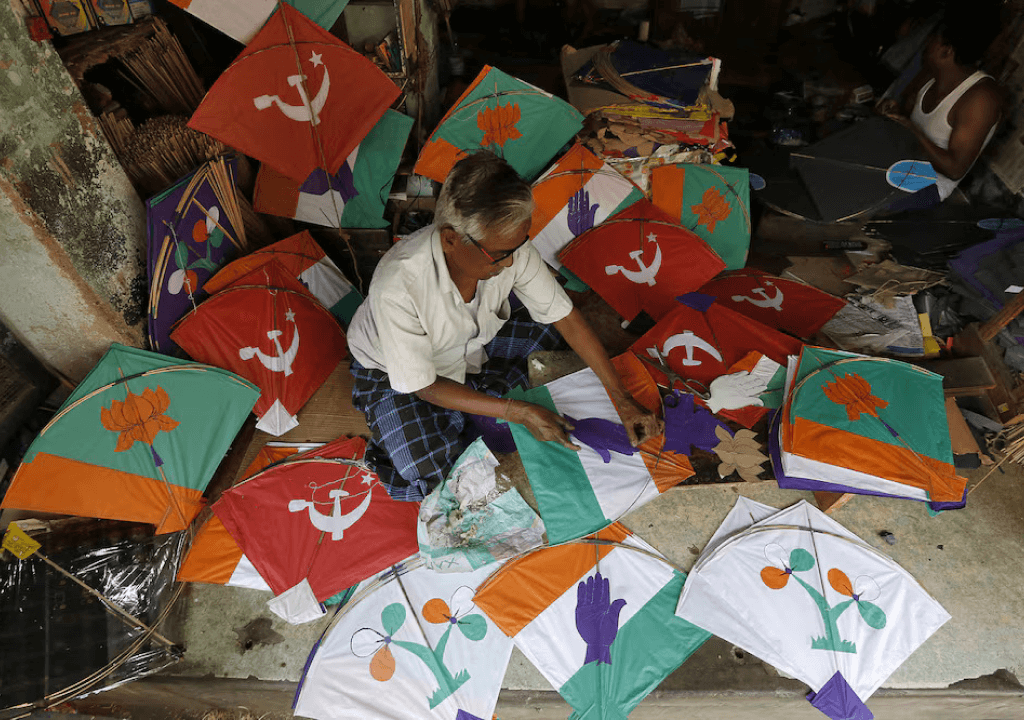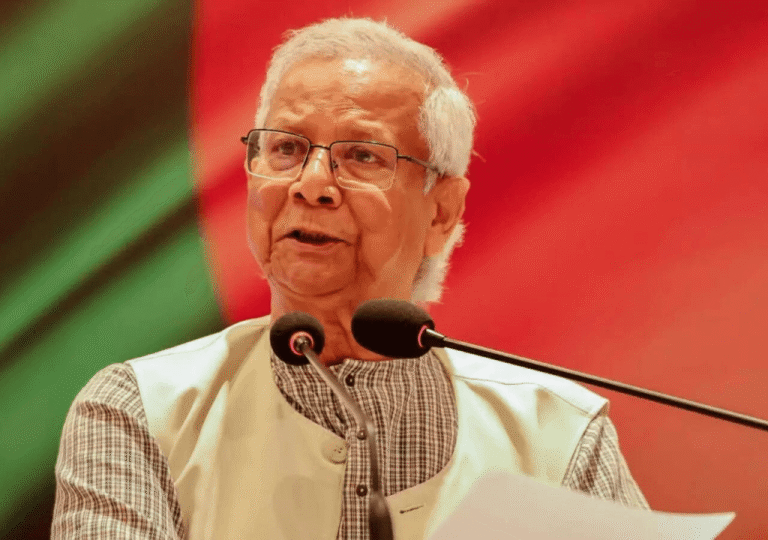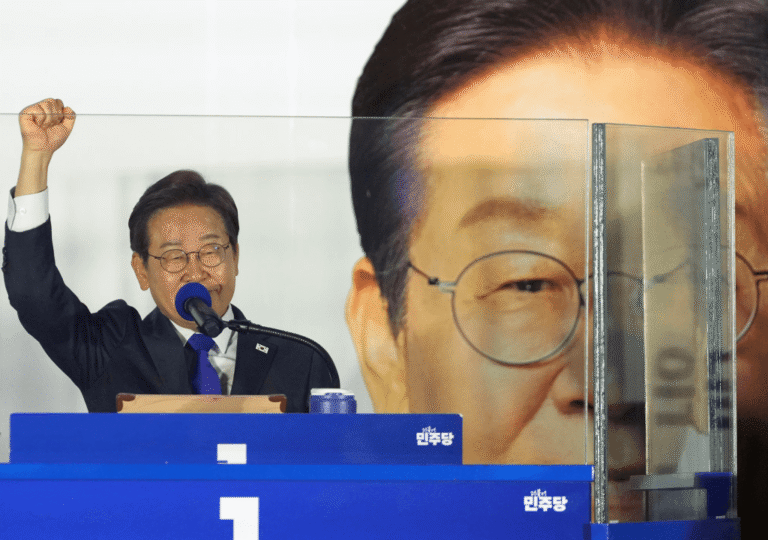In India, the calendar is a tapestry of vibrant celebrations, marking every conceivable milestone from birth to death and everything in between. Birthdays, weddings, the onset of menstruation, the 60th milestone, and the remembrance of loved ones lost—all are commemorated with gusto and tradition. With such a profusion of cultural festivities, it’s no surprise that India stands as the unrivaled global capital of festivals.
Yet, amidst this cornucopia of celebrations, one event looms largest: the electoral process. Unlike elections elsewhere, where solemnity often prevails, Indian elections are a spectacle to behold—a riot of colors, flags fluttering in the breeze, the aroma of festive sweets, towering banners, crackling fireworks, and captivating campaign flyers. It’s a vibrant carnival, a testament to the nation’s democratic fervor.
As India braces itself for the forthcoming Lok Sabha (House of Commons) elections slated to commence on April 19th, the nation is poised for nothing short of its grandest festival. The world’s largest election, an embodiment of democracy in action, unfolds against the backdrop of this cultural extravaganza, promising to captivate and inspire in equal measure.
India prepares to choose a new parliament, engaging an unprecedented 970 million registered voters. The Indian Election Commission announced in a press conference on Saturday evening a meticulously planned electoral process, scheduled to unfold across seven phases from April 19th to June 1st, spanning a challenging 44-day period amid the scorching summer heat. Overseeing this massive undertaking will be a formidable workforce of 15 million polling officials and security personnel, tasked with ensuring the integrity of the process across more than a million polling stations, facilitated by 5.5 million electronic voting machines. Emphasizing inclusivity, electoral regulations mandate the establishment of a polling station within a two-kilometer radius of every residence, ensuring accessibility for all eligible voters.
A significant demographic shift is evident in India’s upcoming elections, with 18 million first-time voters and a staggering 197 million young individuals aged between 20 and 29 eligible to exercise their voting rights. These voters play a crucial role in shaping the composition of the 543 seats in the Lok Sabha (lower house), where any party or coalition must secure a minimum of 272 seats to form a government. Anticipation mounts as the results are slated for announcement on June 4th.
It’s worth noting that approximately 25% of the 543 parliamentary seats are constitutionally reserved for members from two disadvantaged communities—84 seats for Scheduled Castes, also known as Dalits, and 47 seats for Scheduled Tribes, or Adivasis.
Despite recent parliamentary approval, the implementation of a new measure to reserve one-third of legislative seats for women has been postponed until after 2024. The Election Commission has also called for fair practices, emphasizing the exclusion of children from the electoral process, a practice witnessed in previous elections. With the looming threat of misinformation, the Election Commission has assured stringent measures to counter its spread, underscoring its commitment to safeguarding the integrity of the electoral process.
In what promises to be a logistical feat, elections across as many as 22 states are scheduled to occur on a single day. However, states facing significant security challenges and boasting high populations, such as Jammu and Kashmir, West Bengal, Bihar, Uttar Pradesh, and Maharashtra, will witness elections spread across multiple phases.
In Uttar Pradesh, the most populous state, as well as in Bihar and West Bengal—regions fraught with security concerns and densely populated—the electoral process will span all phases, commencing on April 19th and continuing through April 26th, May 7th, 13th, 20th, 25th, culminating on June 1st.
Opinion polls conducted by India’s largest media entities overwhelmingly favor the ruling BJP-led NDA alliance, yet the volatile nature of public sentiment underscores the unpredictability of elections until the moment voters step into the polling booth—an aspect ingrained in India’s electoral history. The populace is known for its sensitivity and emotional resonance with political issues, ensuring that political parties maintain an intense focus on sustaining momentum until the last vote is cast.
With the official commencement of election procedures following the notification on March 16th, major political parties have begun unveiling their candidates across different constituencies. Prime Minister Narendra Modi, eyeing a third term, initiated campaigning early this year. The BJP-led alliance remains steadfast, buoyed by campaign slogans such as “Modi ki Guarantee” and “Ab ki Baar 400+,” which have permeated the media landscape, instilling a perception of Modi’s assured continuation in power—a sentiment reinforced by opinion polls.
The opposition, led by the Congress-led alliance INDIA, finds itself somewhat staggered by the BJP’s strategic maneuvers. They lag behind in addressing pressing issues such as unemployment, while the BJP gains ground with a focus on Hindu identity and the enduring popularity of Prime Minister Modi. Despite the Congress forming an alliance under the banner of INDIA, they appear less organized and struggle to gain traction in their campaign efforts.
With the first phase of polling already underway for nearly a month and the seventh phase still over two months away, there remains ample time for the opposition to regroup and assert their presence. Memories of the 2004 verdict, where the BJP was widely expected to retain power but faced a different outcome, serve as a reminder of the unpredictability of electoral politics.
On June 4th, results from across the nation will be tallied simultaneously, a customary practice where outcomes are typically announced on the same day. The responsibility of collecting the votes of nearly 970 million individuals and selecting their leaders poses a significant challenge for the Indian Election Commission. Moreover, it will serve as a battleground for artificial intelligence, misinformation, and disinformation. With widespread technological familiarity among the populace, even if not all are proficient users, this election represents a substantial test for democracy and the influence of technology on democratic processes.








